Santa Reparata Church and the mosaic carpet
Santa Reparata Church in Florence
mosaic carpet
In 1974, the public gained access to an archaeological area beneath the current cathedral of Florence after nearly a decade of excavation. The findings offer a unique view into the city's urban development between the 1st and 14th centuries AD. The early Christian cathedral was constructed in the first few decades of the 5th century AD within the walls of ancient Rome that had been urbanized since the end of the 1st century BC. According to medieval traditions, the church was built to commemorate the defeat of Radagaisus's barbarian armies in 405 AD, which took place near Florence on the day dedicated to Saint Reparata. The cathedral was one of the largest and most magnificent church buildings in the Tuscia region, although its original dedication is unknown. The beautiful mosaic carpet, created by North African craftsmen and funded by Florence's ecclesiastical and aristocratic elites, is evidence of the city's vitality in the 5th century AD. The early Christian structure was renovated and expanded during the High Medieval and Romanesque periods and served as Florence's cathedral until it was demolished in the late 14th century. By that time, construction on the current Cathedral (i.e. the Duomo) was already well underway.
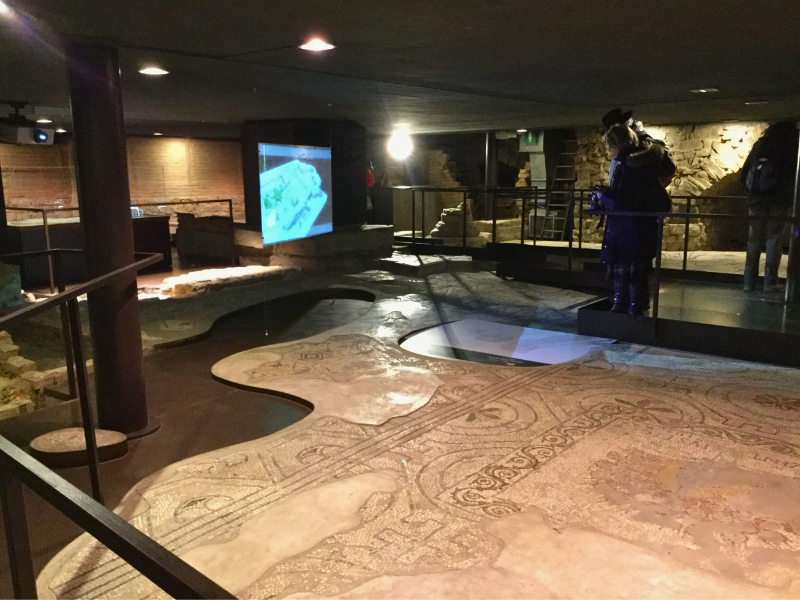
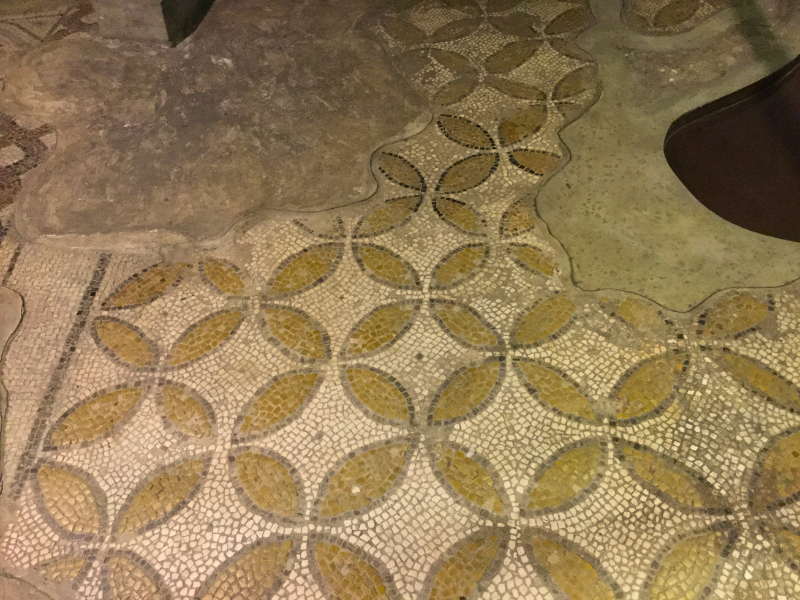
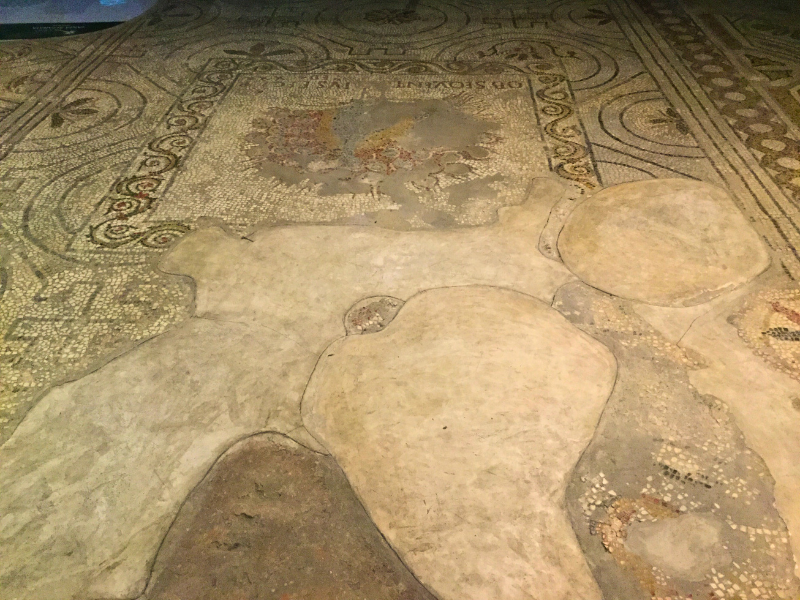
Altri articoli

The History in a Glass of Wine
The domesticated vine originates from the wild vine. Medieval wine, revitalized by monks, was primarily produced in Tuscany.
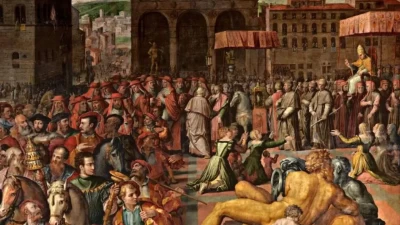
Two particolar details
Giorgio Vasari and Giovanni Stradano painted the "Arrival of the Pope In Florence" between 1555-1562.
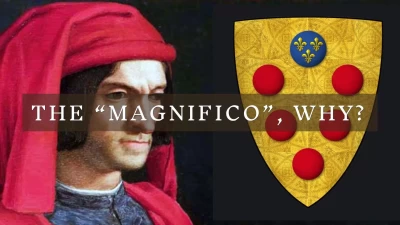
The Magnificent, why?
Lorenzo de' Medici, although not having attained such a position, was called so for his role as a guide and influence on the city.
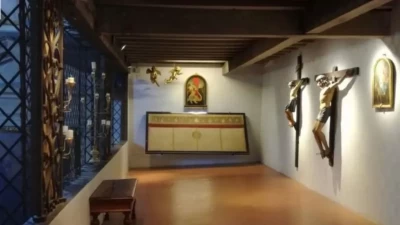
Santa Maria Nuova and its secret underground
Even the great artist Leonardo da Vinci studied anatomy and dissected bodies in this long corridor!!

